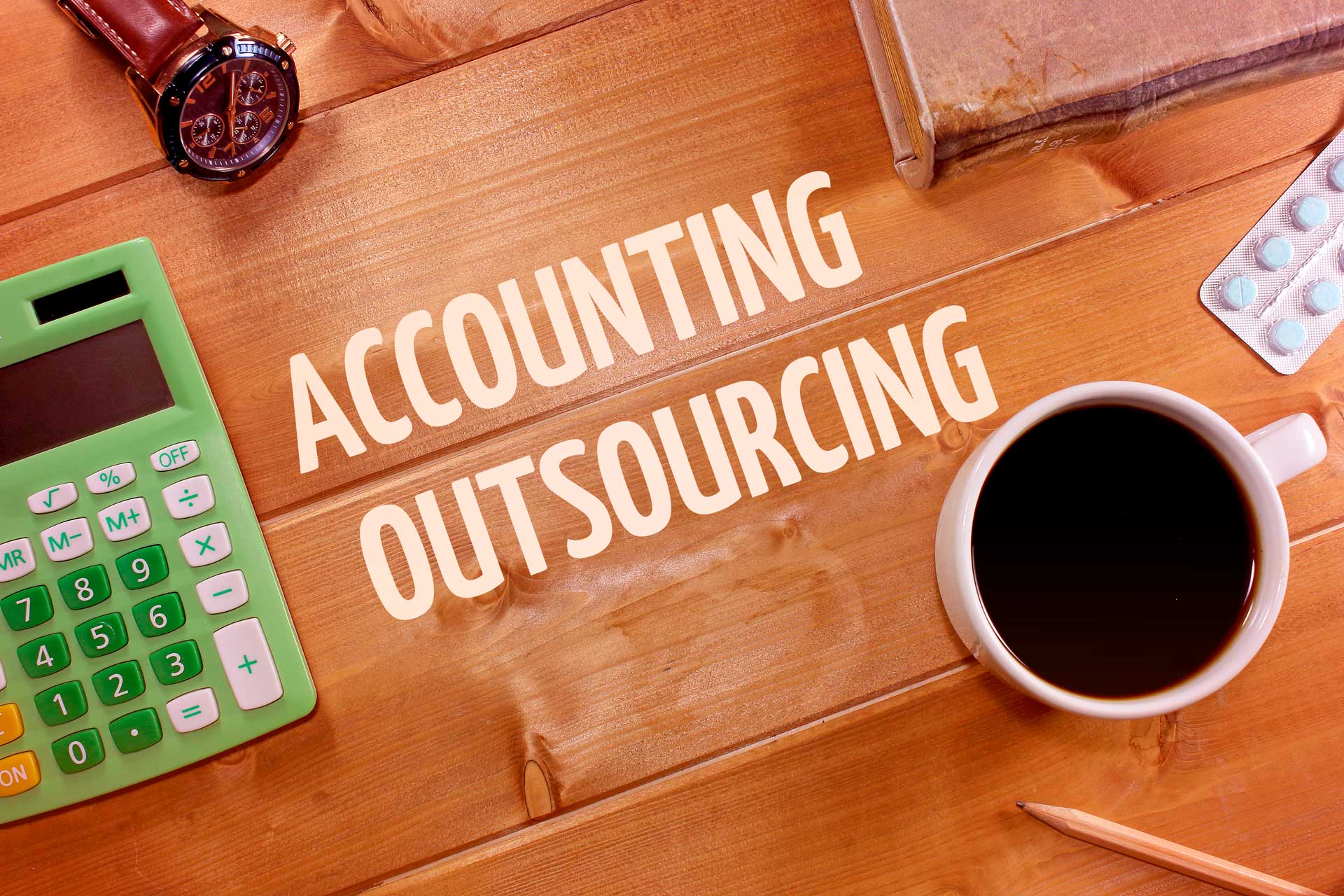How to maintain control over your finances when outsourcing accounting

In today’s business world, speed of decision-making and accuracy of financial data play a key role. Managers of medium and large businesses in the US and Europe are increasingly considering outsourcing their accounting functions. The reason is simple: it reduces costs, attracts highly qualified specialists, and allows companies to focus on strategic tasks.
But along with the benefits comes a logical question: how can you maintain control over your accounting if it is outsourced to a third party? In this article, we will look at how to organize the process correctly so that outsourcing becomes a source of growth rather than risk.
Why companies choose to outsource accounting
Outsourcing is not just about “taking work outside the company.” It is a strategic decision that changes the approach to business management.
Advantages:
- Reduced costs. There is no need to maintain a staff of accountants, purchase licenses for accounting software, or train employees.
- Expertise. The contractor works with different clients and is familiar with the specifics of US, European, and other jurisdictions’ legislation.
- Reduced risk of errors. Outsourcing companies monitor changes in tax and labor laws, which reduces the likelihood of fines and penalties.
- Flexibility. You can scale the scope of services depending on your business needs.

Main concerns when outsourcing accounting
Many business-owners fear that by outsourcing their accounting, they will lose control over their finances. The main concerns are:
- limited access to data;
- late submission of reports;
- errors that are difficult to track;
- risk of confidential information leaks.
In practice, these risks can be easily minimized with the right approach. Below, we will take a step-by-step look at how to structure the process so that these fears do not materialize.
Outsourcing accounting — a step-by-step guide
Outsourcing accounting functions is a strategic move that allows you to reduce costs, attract experienced professionals, and focus on growing your business, but it requires clear organization to maintain complete control over your finances.
Stage 1. Choosing the right partner
Choosing an outsourcing company is a key step. It is important to evaluate not only the cost of services, but also the company’s reputation, competencies, and approach to work.
What to check:
- Experience working with businesses of your size and in your industry.
- Availability of specialists familiar with the legislation of the relevant countries (for example, the US, EU countries).
- Transparent pricing and willingness to provide detailed reports.
- Use of modern IT solutions for automation and remote access.
- References to case studies and reviews from current clients.
Tip: don’t choose a contractor based on price alone. Cheap services often turn out to be expensive mistakes.

Stage 2. Setting up a transparent system of interaction
Before starting cooperation, you need to establish clear rules and formats for working together.
- Reporting schedule. Determine how often you will receive reports — daily, weekly, monthly.
- Report format. Reportsshould be convenient, structured documents or online access to data.
- Communication channels. Clearly assigned responsible persons and communication channels (email, corporate messenger, CRM).
- Access rights system. Use cloud solutions to see up-to-date data in real time.
The contract with the outsourcing company should contain a clear list of the functions to be transferred, the deadlines and formats for providing reports, data protection measures (NDA, encryption), the parties’ liability for errors, and the procedure for terminating the contract.
Stage 3. Implementation of control technologies
Modern cloud accounting systems allow managers to stay on top of the financial situation. You can check account balances, view cash flows, track debts and payment deadlines, and analyze key performance indicators at any time.
To maintain control, implement modern tools:
- Cloud accounting systems (QuickBooks, Xero, 1C in the cloud) — provide 24/7 access to financial data.
- CRM systems for integration with accounting.
- BI analytics (Power BI, Tableau) for visualizing metrics.
Managers must be able to check balances, cash flows, and key indicators at any time. Such systems make the process transparent and enable quick decision-making without waiting for the end of the reporting period.
Stage 4. Continuous monitoring and feedback
Outsourcing accounting does not mean that control becomes a formality. It is important to establish a system of regular monitoring:
- Hold monthly meetings with your accountant to discuss results.
- Request explanations for non-standard operations.
- Use KPIs (data accuracy, processing speed, timeliness).
- Conduct periodic independent audits.
This helps maintain high quality and prevents accumulating of problems.

How to minimize risks
Outsourcing accounting always involves certain risks, but with proper process organization, these risks can be minimized while maintaining transparency and reliability of financial accounting. This requires:
- A contract with clear terms and conditions.
Include confidentiality obligations (NDA), reporting deadlines, liability for errors, and force majeure in the contract. - Gradual transfer of functions.
Don’t transfer everything at once — start with individual tasks, such as tax reporting or payroll, and gradually expand the scope. - Back up your data.
Ensure that all documents and data are duplicated and can be restored to your system if necessary. - Train your internal team.
Make sure that at least one employee in the company understands the basics of accounting and can quickly communicate with the contractor.
To ensure that everything runs smoothly, hold regular online meetings with your accountant, approve reports based on pre-agreed KPIs, and conduct an independent audit once a quarter.
Accounting outsourcing is an investment in the efficiency and transparency of your business. When you choose a reliable partner and build a control system, it allows you to reduce costs, minimize risks, and focus on key areas of your company’s development.








